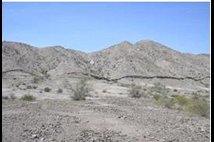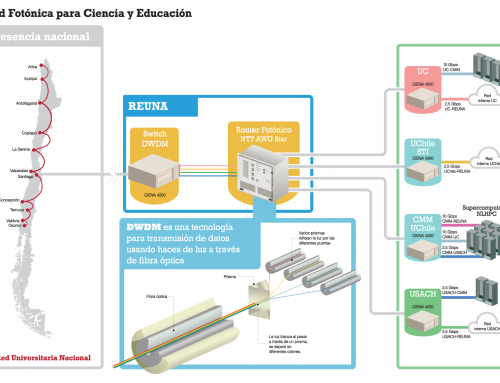The AmLight West high-bandwidth upgrade increases by a factor of 10, the network bandwidth between Mexico and the U.S. and enables the rapid flow of information across the border to the OpenTopography facilities located at the San Diego Supercomputer Center.
The upgrade will allow geologists at the Centro de Investigacion Cientifica y de Educacion Superior de Ensenada, located in Ensenada, to quickly provide and analyze data that can then be visualized at the University of California’s KeckCAVES facility.
The 7.2 magnitude El Mayor-Cucapah earthquake, near the U.S.-Mexican border, killed four people and injured over 100. This quake ruptured the Pescadores-Borrego fault system, adjacent to the Laguna Salada fault that produced a similar-sized shaker in 1892. Discovering why the earthquake occurred along the fault presents an important challenge in understanding the physics of earthquake slip and recurrence. Given the fault’s location, international collaboration is a vital part of empowering seismic experts to gain an understanding of this event and enable them to predict similar events in the future. However, a lack of bandwidth has hindered collaboration.
The AmLight upgrade will provide a viable conduit for researchers to contribute data to open topography and other similar efforts. The data will then be available to researchers and students worldwide, enabling the planet’s best minds to work together on predicting where the next super-shaker is likely to strike or examining earthquake data in real time.
For original article click here.



